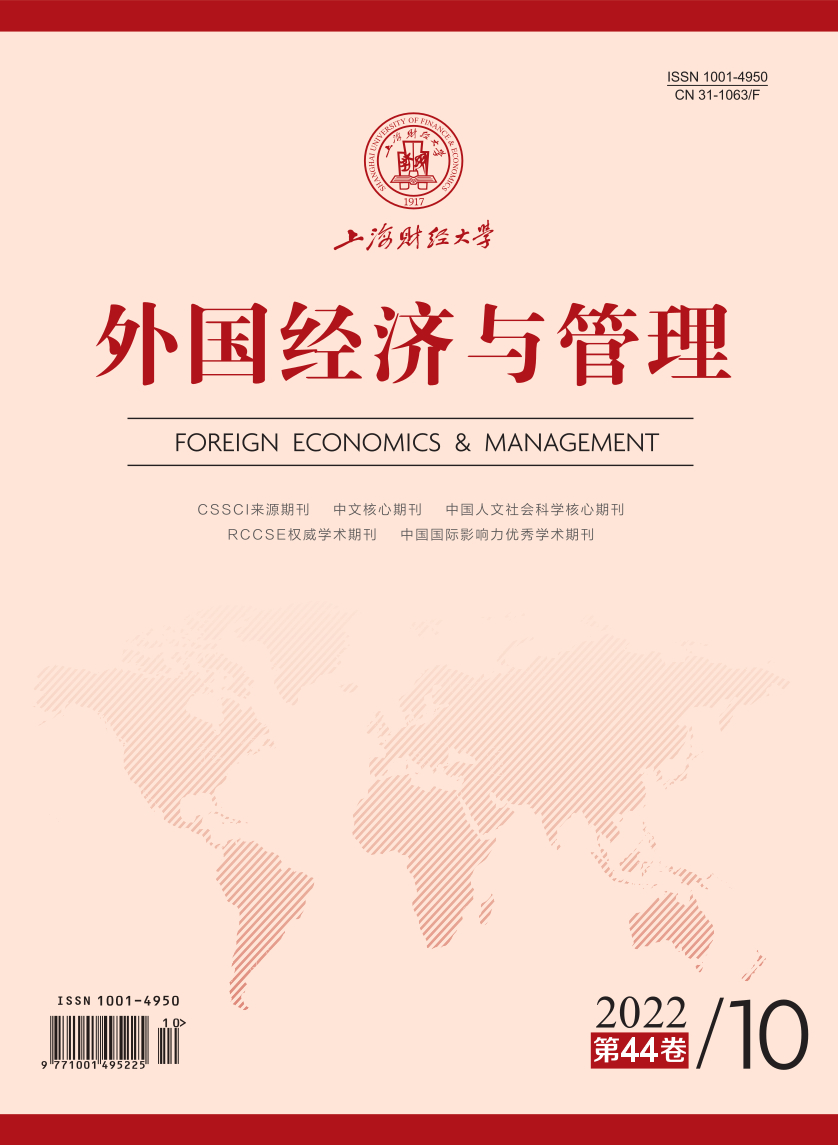In order to maintain innovative advantages, how should family firms deal with the relationship between professionalization and keeping family control? To unlock the dilemma, this article inquires the effect of non-family managers in family firms on innovation output. Based on the agency framework composed of gain and cost, and a database from the listed family firms in China, the research finds an inverted U-shaped relationship between the ratio of non-family managers in family firms and the innovation output. That is, introducing non-family managers in family firms could improve innovation output at first, but when the ratio of non-family managers meets a certain level, the marginal net benefit of continuing introduce non-family managers begins to decline, and at the turning point the gain is less than the cost, which means the decline of innovation output. Furthermore, cash- and equity-compensation moderates the relationship. That is, the turning point shifts right and the relationship is flattened, and family members occupying the most important position have the same moderating effect on the relationship as compensation.
This study challenges the “either/or” assumptions between professional management and family management. Readers should not draw the conclusion from the research of Duran et al.(2016) that family firms should not promote the professionalization agenda in order to maintain the advantage of innovation output. In addition, it is also not appropriate to conclude from Chandler’s proposition (Chandler, 1987) that family firms should be completely professionalized. The excessive level of professionalization damages the governance and management advantages, and weakens the competitive advantages of innovation output. In fact, a proper level of professionalization is conducive to maintaining the advantage of innovation output. Family firms can adopt some management behaviors to expand the boundaries of professionalization so as to accommodate more non-family forces, for example, providing non-family managers effective compensation incentive, and making family members occupy the number one position. In particular, the behavior of family members taking the number one position can balance the concern from the control family and the gain of professionalization.
Some other contributions are also as follows. Firstly, this study improves our understanding of innovation process management. Once family firms can be compatible with ability management and flexible organizational capacity, its innovation output advantage will be the most significant. Secondly, this study provides a normative solution to maintain and enhance the competitive advantage of innovation output for family firms. Family firms can absorb the ability advantage of non-family managers and the governance advantage of family control through appropriate management professionalization. Thirdly, this study gives a new understanding of the economic and noneconomic goals of family firms. Economic goals can give play to the ability advantage of non-family managers, and keeping family control can provide non-economic goals that are difficult to accommodate in an economic incentive arrangement, which helps to achieve the harmonious coexistence of economic goals and noneconomic goals.





 5643
5643  4187
4187

